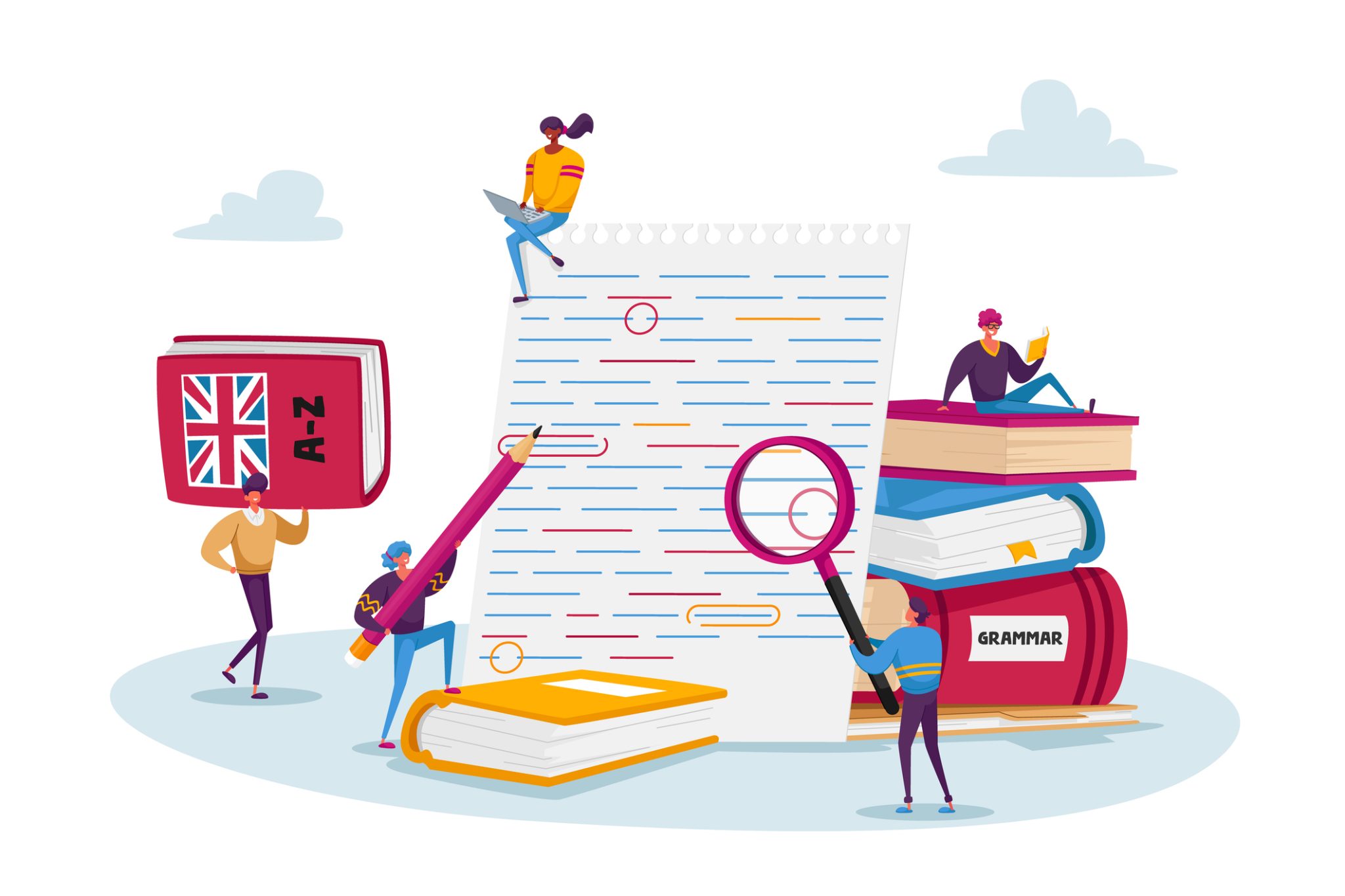
Proofreading or post-editing?
What service you really need and why
Proofreading is often used as a catch-all term for polishing up a text and eliminating any remaining errors. But really, there are several different terms that should be used to refer to processes that, while similar, all have a slight difference in what they focus on: editing, proofreading, revision, proofreading of final print versions, and now also post-editing.
With the increasing use of machine translation, it’s more important than ever that you know what service you really require as while these services may seem very similar at first glance, having the right focus can have a big impact on the end quality of your text. After all, the devil is in the detail.
A simple decision…or is it?
Simply put, if your text or translation was produced by a person, the service you are after is likely either proofreading or revision – editing could also be an option if you want more input on the style and content too. And if your text was translated by a machine, you want post-editing – a service created specifically for texts from this source. Admittedly, this clear line can get a little blurry when the text or translation is created by a person but not by a native speaker.
But why does all this matter, we hear you ask, isn’t it all just a case of making sure the text is correct and understandable?
Absolutely.
Yes, ultimately that is what is all boils down to. But the process used to achieve the quality results you expect needs to be modified to suit the source. After all, if you put different input into the same work process, you will not get the same output unless the process is adjusted accordingly. And this is definitely true when it comes to proofreading and post-editing.
It is important to let us know what kind of text we are dealing with so that:
- we can select the right linguist for your project,
- the linguist knows what they are working on and what potential issues to look out for, and
- you can receive the best possible final text.
What the difference is and why it matters
It comes down to knowing what you are working with. Knowing this means that the linguist tasked with the editing/proofreading or post-editing will be in a better position to deliver a polished text as they will know what kind of mistakes they are looking out for, how much or little they should step in, and whether they may have a source text to refer to. This is because people make different mistakes to those made by machines as they both work differently, and having a source text to compare with can immediately clear up translation questions whereas if they are working on an original text, more information from the author may be required if something is unclear.
To a degree, the same principle applies to editing and proofreading a text written by native speaker compared to one written by a non-native speaker. The number and style of possible mistakes will vary, which means that the work process required to make the output reach the same high level of quality will need to take this into account. Interestingly, it can also help for us to know the native language of the writer as this can help the proofreader better identify certain vocabulary or phrasing choices and recognise where certain wording, imagery or patterns may come from.
Knowing the source of a text or translation also allows us to allocate the right amount of time for your project to make sure we can achieve the quality we always strive for and still deliver it back to you in good time. In general, there is more to check and correct in a machine-translated or machine-generated text, so we allow more time for post-editing to make sure we can get the quality to where we want it to be.
How you can help get the best result
There are a few ways that you can help set yourself up for success with your projects in this regard:
- Use us as a sounding board
Not sure what service you need? No problem, we are here to help! We can look at where you are with a project and advise you on exactly how to get to where you want to be.
- Share your process with us
We may be a boutique agency focused on quality, but we also have our finger on the pulse of industry developments. We sometimes get the feeling that clients are reluctant to say if a text has been translated by a machine when in actual fact, we offer it as a service ourselves! Please feel free to tell us how you have worked on and produced your text or translation and then we can make sure we offer you the right service and tailor our advice accordingly.
- Let us be a bigger part of the process
We use DeepL Pro integrated into our CAT (computer-assisted translation) tool for our machine translations, and we also integrate our translation memory and termbase (glossary) made specifically for you. This means that if you allow us to produce the machine translation for you instead of sending us the pre-translated document, not only can we make use of prior translations we have worked on for you and better ensure that your corporate wording is reproduced and adhered to during post-editing, but we can also add the new content to your translation memory for use in future projects. If you would still rather send us the machine translation yourself, we would just ask you to send us the original text too so that we can use this as a reference text if anything is unclear.
Your goal is our goal: getting the best possible end result
We always want to provide the highest-quality service possible and letting us know as much background information as possible on your text or translation allows us to correctly select the service you need to get the best possible end result. And if you’re not sure which service you need, we would be more than happy to give you some guidance. Feel free to reach out to us at sprachmanufaktur@argusdatainsights.ch or call us on +41 44 388 82 60. We look forward to hearing from you!

